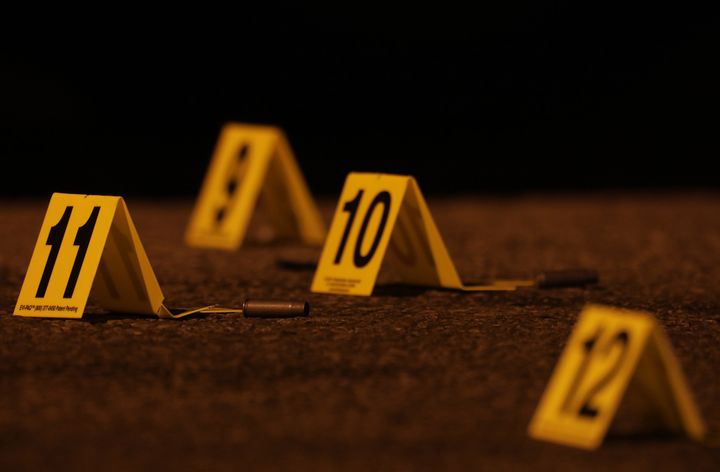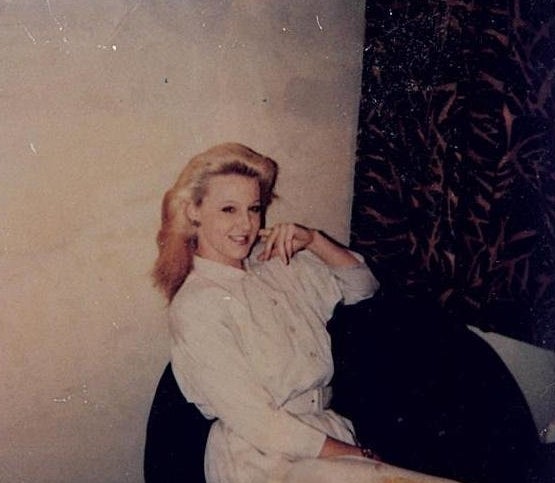
A bloody weekend in Chicago boosted the number of shootings and homicides that have occurred in the city so far this year.
According to The Chicago Tribune, the violence began around 3:40 a.m. Saturday, with a shooting in Woodlawn. The victim in that incident – a 40-year-old man ― was reportedly hospitalized in critical condition.
The count continued to climb throughout the weekend, totaling eight shootings by midnight Sunday.
The number of homicides was also bumped up a notch with the killing of a 21-year-old West Side man. According to police, the victim was shot in the face and fell dead in the street.
The Chicago Tribune, which tracks violent crimes, reported the weekend violence raised the number of shooting victims this year to 611, and the number of homicides to 127.
That is a powerful lot of killing and violence. However, it’s also suggestive of a continuing downward trend. This time last year the number of shootings had already peaked at 901; in 2016, it was 946, the Tribune reported.
Chicago police did not respond to a request for comment from HuffPost about the data.
Last year, the downturn in violence was credited to new strategies and technology.
In a May 2017 interview with CBS Chicago, police spokesman Eddie Johnson said the department had taken several measures to reduce crime. A network of monitored surveillance cameras were reportedly installed throughout the city and “ShotSpotter” gunshot detection technology was installed in areas prone to violence. The detection technology is capable of detecting the sound of a gunshot and identifying the area in which it originated.
“We put those new strategic support centers in both of those districts, so a lot of that technology is helping us be more proactive in the way that we deploy,” Johnson said. “So it gives those commanders real-time information so that they can change their deployments.”

